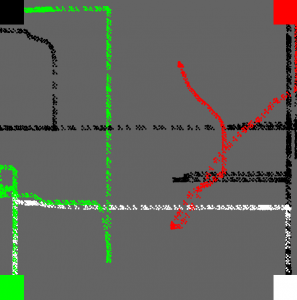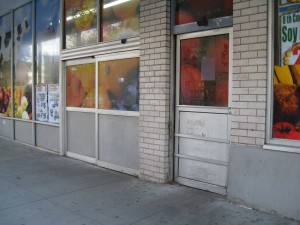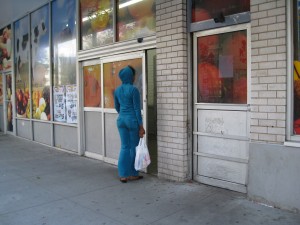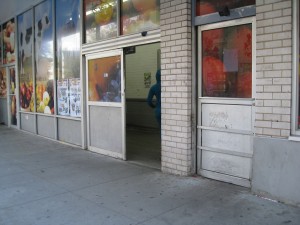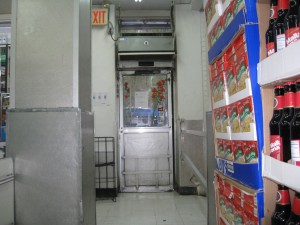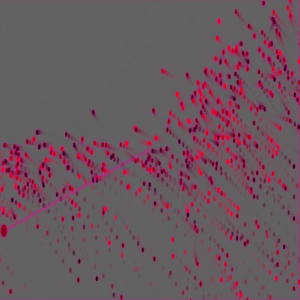Archive for October, 2010
Etch-a-sketch revisited (Serial Communication lab)
It still needs work, because it’s still cumbersome – If you want to change color, you have to maneuver to the corner to click. Bad design. Instead, I’m going to implement using a couple pushbuttons to change the color. But here’s a sample drawing. Also, I’d like to change the lines to a continuous line
CommLab – legal issues, appropriation, plagiarism
What are the distinctions between appropriation and plagiarism? Is it only that plagiarism means one claims work as their own?
(more…)
Crazy combination of stuff for ICM
mouse over the image. This is a photograph I took while firefighting. It’s in Utah, last July.
drawSomething
This is what I’ve been playing around with, for my Serial Communication lab for P-Comp:
Sort of like an etch-a-sketch, with two knobs, one that controls the x position, one that controls the y position, and you can switch colors by clicking on one of the colors on the palette on top. Play around with it using the mouse
playing with flocking, particles, and maybe vectors
i unfortunately did not pay enough attention to aesthetics or color. It’s rather ugly.
Animals Play Piano
A stop motion film created by Gabriella Levine and Suzanne Kirkpatrick.
“Animals Play Piano” is the story of Brigitte The Bear and her friends from the animal kingdom, mammalian and reptilian, who set out on an adventure together in the music parlor.
Featuring Brigitte The Bear, with guest appearance by Andre The Armadillo. Piano music played by Gabriella Levine.”
Other people in the video: Suzanne Kirkpatrick.
An observation of an interactive technology
These videos demonstrate motion sensor doorways (I’m sure we’ve all been through many of them in supermarkets).
This weekend, at the supermarket, I observed people “using” the automatic doorways at Key Food. The notion of doors and doorways, which are ubiquitous devices in our daily lives, are often something we overlook, and they aren’t standardized, nor have their designs been perfected: how does someone know to push or pull on a door to open it? What side of the door, the left or right side, will make something happen, and what side is hinged in place (what direction will it swing or move in? How will the door open and close (slide, revolve…). What type of action does it require in order to respond? Since there aren’t really standardized doors, how do the designers get across the message? (with writing – Push, Pull; with a metal rectangle implying that the user should push against it; with a handle that the user can understand what to do to it?). And there are more things to consider, like how to prevent energy loss when the room is temperature-controlled (preventing cool air from an air conditioned room in the summer from escaping, or alternatively, preventing cool air from rushing into a heated room in the winter – revolving doors are good for this). Many supermarkets have automatic doors, for convenience sake, I imagine. People entering and leaving the market therefore interact with the door, but in a passive way. They don’t have to do anything extra than simply coming and going.
- outside, approach the door, and it will open to allow you to enter
- it opens as you approach
- it will remain open for a few seconds
- as you approach, it will open

StupidPetTrick – dancing Tee with a buddy
lightUpManinSeries from gabriella levine on Vimeo.
The main problem with the technical aspects of this garment is that there are many wires that extend from the tee-shirt. Options to remedy this are use stranded wires that are more flexible, or use different breadboard circuits.
Read on for some photos of my work process: (more…)
Lab – tones and servos
Just some videos of analog output, on a servo and speaker.
piezoLab from gabriella levine on Vimeo.
ServoMotor from gabriella levine on Vimeo.
